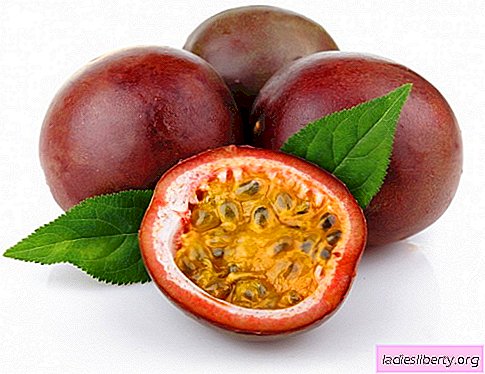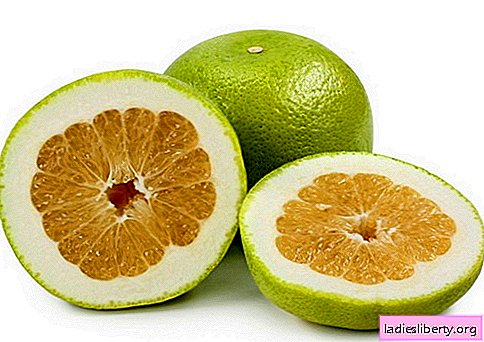
Spilled juice, tea, coffee, traces of chocolate or rust can spoil both your favorite thing and mood.
Is it possible to remove stains from clothes at home?
Folk remedies are safer and sparing, which is especially important for children's clothing, which I do not want to process with chemical reagents.
Is it possible to remove stains from clothes at home?
The success of cleaning things depends on the efficiency. It is much easier to cope with any fresh contamination until it is deeply embedded in the tissue and dried. For this at home in the arsenal of the hostess must always be available and effective means:
• ammonia;
• hydrogen peroxide;
• glycerin;
• potato starch;
• vinegar, baking soda, salt.
But there are spots that are difficult to completely remove at home. For example, clean traces of fuel oil, tar, technical oil, some types of paints and varnishes. Coarse, thick tissue can be treated with gasoline, solvent, kerosene. But a thin product from aggressive means will finally deteriorate. Stains that are difficult to get rid of at home also include: rust, traces of dampness and mold.
The available tools are ineffective in the fight against very intense, abundant pollution. You can try to remove them yourself, and you will have to save yourself from the remaining traces by cardinal methods or using dry cleaning.
How to remove stains at home using improvised tools
Blood stains. The main rule when removing such traces is to use only cold water. The protein that is part of the blood coagulates from exposure to high temperature, as a result, the product cannot be restored. A strong saline solution, in which the thing must be soaked and left for 15 minutes, remarkably copes with fresh small spots. Salt absorbs blood components perfectly, and the spots are completely washed off.
It perfectly solves the problem of hydrogen peroxide. Put it on a cotton pad and clean the contaminated area. This method is very effective and with spots of dried blood, but does not fit delicate fabrics (chiffon, silk), as peroxide can ruin a thing. Clothing made from light, thin materials is best cleaned with gruel from potato starch and water.
If the product has a lot of blood stains, soak it in a solution with ammonia, with the calculation of 20 ml of alcohol per liter of water. After processing, the thing must be washed and rinsed with cool water.
Ketchup marks. Fresh contaminants are remarkably excreted. First, carefully remove all excess product with a spoon or knife, do not rub the ketchup into the fabric. The stain should be poured with a liquid dishwashing detergent and thoroughly cleaned with an old toothbrush. Gently rinse the soiled area in water. If a trace remains, you need to cook a slurry of soda and hydrogen peroxide, apply to pollution. For delicate items, dilute the solution with water. It is enough to hold for 15 minutes and wash the product.
Tea, coffee, cocoa spilled on clothes. If fresh dirt is poorly washed, make a solution of 2 tablespoons of glycerin and half a teaspoon of ammonia. Wipe stains, leave for 15 minutes and wash the product.
Berry juice. In equal amounts, take lemon juice and table vinegar. Soak the stain with the resulting solution. After 15 minutes, the product is removed.
Ink stains. The solution is excellent at coping with such impurities: based on 1 cup of warm water, 1 tablespoon of ammonia and the same amount of hydrogen peroxide. Put the moistened cotton pad on the blurred place and leave for 15 minutes. Wash the stain with laundry soap, repeat the procedure if necessary. It also effectively fights glycerin in equal proportions with ethyl alcohol with traces of ink, ballpoint and gel pens. It is necessary to moisten the spots with plenty of water, and rinse after an hour.
Paint marks. The easiest way to wash off acrylic and water-based paint, they dissolve in water, their removal requires only patience and perseverance. Fresh spots are washed off with warm water using laundry soap, laundry detergent and even dishwashing detergent. To get rid of stubborn stains, use a toothbrush and carefully clean the dirt.
Oil paint is more difficult to handle. Aggressive solvents: acetone, refined gasoline, white spirit can ruin a thing, especially colored or woolen. They are suitable only for light thick fabrics, they require very careful use and do not guarantee an excellent result.
Drops of engine oil. If they are small, it will not be difficult to remove them. It is necessary to fill the soiled places well with toothpowder, chalk or powdered sugar. Hold the hour. Then wash with laundry soap and leave overnight.
Grass footprints. Fresh dirt brightens remarkably from the use of the solution: 1 tablespoon of ammonia in 600 ml of water. Next, you should manually wash the item with laundry soap.
Stains from iodine and green. An excellent effect is easily achieved only in the case of fresh dirt. Potato starch or a slice of potato will perfectly clean the item of iodine. With hydrogen peroxide, hydrogen peroxide mixed in equal proportions with water will cope.
How to remove stains from clothes at home and not ruin them
Folk remedies are quite effective, gentle, safer both for health and for things. In order not to spoil the product when cleaning, there are simple rules.
• A waterproof substrate, such as cellophane or absorbent cloth, must be placed under the fabric at the site of contamination.
• It is imperative to try the product in a small area. You can use the lapel, seam allowances, the wrong side of the cuff. Particular attention is required to products made of light, thin fabrics.
• The stain should be treated carefully, from the edge to the center, so as not to increase the contour and the area of contamination.
• Use caution when using hot water. Some stains are absorbed into the fabric by temperature, and cannot be cleaned. It is better to wash the soiled thing in cool water.











